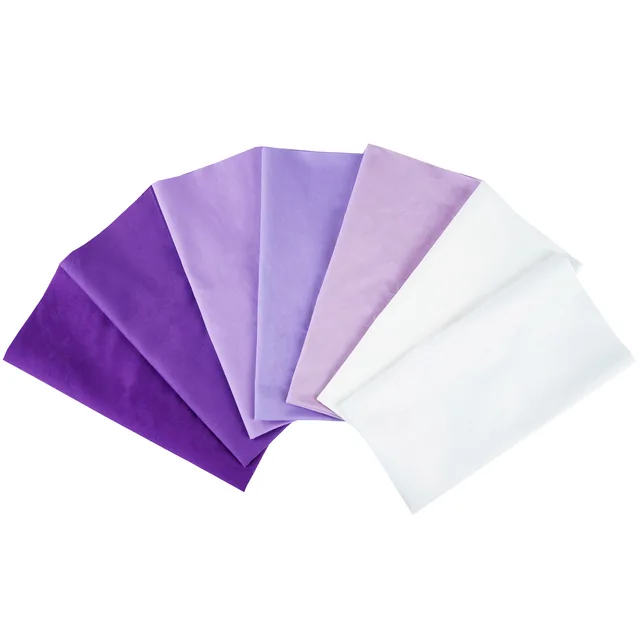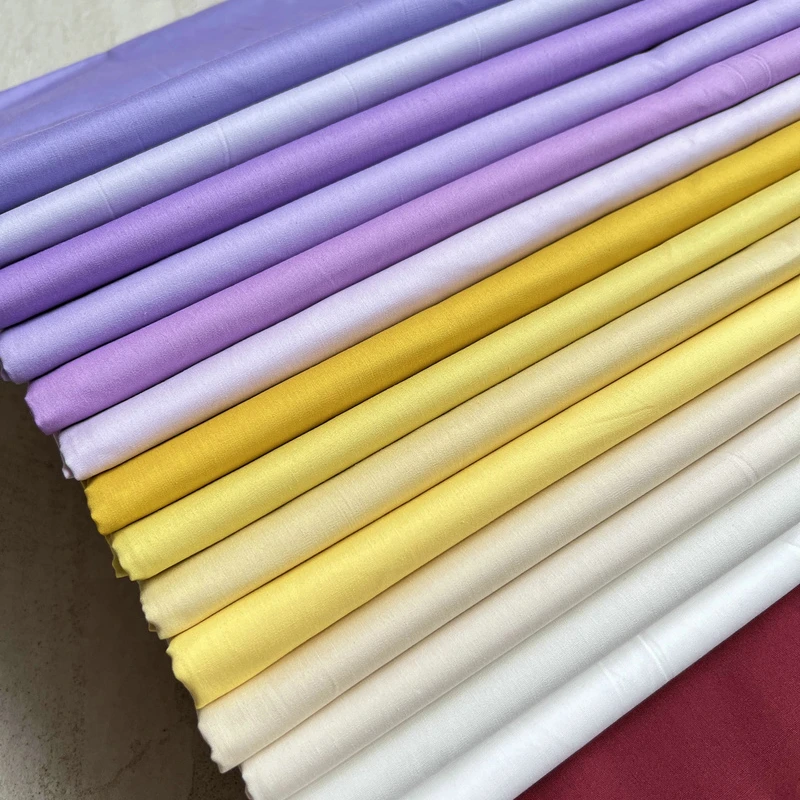Dealing with permanent marker stains on fabric can be a daunting task. Whether it’s a slip of the hand while crafting, a kid’s art project gone awry, or a simple labeling mistake, these stains can be stubborn and seem non-removable. However, with the right techniques and products, you can salvage your favorite garments, upholstery, and more. In this article, we’ll delve into the various methods for removing permanent marker stains from fabric, ensuring you have the tools you need to tackle this common issue confidently.
Understanding Permanent Markers and Their Composition
Permanent markers are designed to be resistant to water, fading, and wear, which is what makes them so effective for writing. Most permanent markers are composed of pigments, dyes, solvents, and resins that help the ink bond to surfaces effectively. The primary challenge in removing permanent marker ink from fabric lies in its formulation, which may create a permanent bond with the textile fibers. Understanding this composition is crucial, as it can steer you towards the right removal method. Solvents that can dissolve the ink’s components usually play a critical role in successful stain removal.
Before applying any removal method, it’s essential to first determine the type of fabric you are dealing with. Different textiles, such as cotton, polyester, or silk, can react uniquely to stain removal techniques. For instance, a harsh chemical might be too aggressive for delicate fabrics, causing more damage than the original marker stain. This is why identifying the fabric type and its care instructions should always be the first step in any stain removal approach.

Immediate Action: The Importance of Quick Response
When you discover a permanent marker stain, swift action can significantly improve your chances of removal. The longer the ink sits on the fabric, the more it bonds, making it increasingly difficult to eliminate. If you catch the stain early, there’s a higher likelihood you’ll be able to lift it out completely.
Start by assessing the severity of the stain and determine whether it has set in. If it’s fresh, gently blot (do not rub) the stain with a paper towel or a clean cloth to absorb as much ink as possible without spreading it. Rubbing can push the ink deeper into the fabric fibers and make removal more difficult. Always work from the outer edges of the stain toward the center to avoid spreading the ink further. After this initial blotting, you can then explore various stain removal methods based on your fabric type and what supplies you have on hand.
Using Rubbing Alcohol: A Tried-and-True Method
One of the most effective substances for removing permanent marker from fabric is rubbing alcohol (isopropyl alcohol). Known for its solvent properties, it can effectively break down the chemical bond between the ink and the fabric fibers, making it easier to lift the stain. Here’s how to use it:
- Test a Hidden Area: Before applying rubbing alcohol to the stained area, always test it on an inconspicuous section of the fabric to ensure it won’t cause discoloration or damage.
- Blot the Stain: Using a cotton ball or clean cloth, apply a small amount of rubbing alcohol directly onto the stain.
- Dab, Don’t Rub: Gently dab the area; you should see the ink transferring to your cloth or cotton ball.
- Rinse and Launder: Once the ink appears to lift, rinse the fabric under cold water and then launder as you normally would. Repeat this process if necessary until the stain is gone.
This method is particularly effective on cotton and other robust materials, but always assess your fabric for colorfastness to avoid any surprise damage.
The Power of White Vinegar and Dish Soap Mixtures
If you’re looking for a more natural alternative to chemicals, a combination of white vinegar and dish soap is a fantastic solution and is often just as effective. This method not only helps break down the stain but also fights any residual odors. Here’s a simple step-by-step guide:
- Create the Mixture: Combine equal parts of white vinegar and liquid dish soap in a bowl. Mix thoroughly until it forms a consistent solution.
- Apply the Solution: Use a clean cloth or sponge to apply this mixture directly onto the stained area. Again, be cautious to dab rather than rub to avoid embedding the ink deeper into the fibers.
- Let it Sit: Allow the solution to sit on the stain for approximately 5-10 minutes. This gives the vinegar time to act on the ink.
- Rinse and Repeat: After letting it sit, rinse the fabric under cold water before laundering as per usual. In many cases, this natural remedy can effectively remove the stain in just one go.
This method is gentle enough for most fabrics, including delicates like silk or wool, but as always, check hidden areas first if you are uncertain about the fabric reaction.

Exploring Commercial Stain Removers
In cases where home remedies don’t cut it, you may want to consider commercial stain removers specifically designed to tackle tough stains. There are many products on the market aimed at removing ink and permanent marker stains, which can be effective when used according to the manufacturer instructions. For optimal results, select a product formulated for the type of fabric you’re dealing with. Here are a few tips for using commercial stain removers:
- Read Labels: Before you buy, read the labels to ensure the product is safe for your specific fabric type. Some stain removers use harsh chemicals that can deteriorate delicate fibers.
- Spot Test: As with home remedies, always perform a spot test in a hidden area to avoid color change or damage.
- Follow Instructions: Each product will have specific use instructions. Make sure to follow them diligently for the best chance of success.
- Launder After Use: Most commercial stain removers require you to wash the fabric after application to fully remove both the product and the stain.
Using commercial products may sometimes be the fastest and simplest solution for very stubborn stains or for larger areas of affected fabric.
Additional Tips for Specific Fabrics
Different fabrics often require tailored techniques for the best results in stain removal. For instance, silk and wool are two examples of delicate fabrics that can react adversely to bold cleaning agents. If you find yourself dealing with permanent marker on such materials, here are a few recommendations:
- Silk: Use vinegar and water mixtures instead of harsher chemical solutions. Apply with a cotton swab and avoid submerging the fabric in water.
- Wool: Wool fabric can sometimes shrink or distort if exposed to hot water. Use cold water with a little dish soap, and avoid vigorous scrubbing. Instead, gently dab the stain with a moistened cloth.
- Denim: For sturdier fabrics like denim, you can consider using an acetone-based nail polish remover. Again, be sure to perform a patch test.
- Upholstery: For fabric upholstery, it is often best to consult a professional cleaner to avoid damage, as many commercial products and home methods may not be suitable.
Understanding your fabric’s needs will go a long way towards successfully removing those stubborn stains.
The Do’s and Don’ts of Stain Removal
Having a few fundamental do’s and don’ts in mind can keep you focused and organized, increasing your chances of a successful stain removal.
Do’s:
- Act Quickly: The faster you act, the better the outcome.
- Blot, Don’t Rub: Blotting helps lift the stain without spreading it.
- Test Everything First: Always do a patch test on a hidden area before using any solution.
Don’ts:
- Don’t Use Heat: Avoid hot water or a dryer until you’re sure the stain is gone, as heat can set the stain.
- Don’t Scrub Vigorously: Rubbing too hard can damage the fabric.
- Don’t Mix Products: Be careful not to mix different cleaning agents, as they can create harmful reactions.
Incorporating these do’s and don’ts into your stain removal efforts will help streamline the process and enhance your chances of success.
Conclusion: A Guide to Confident Stain Removal
Removing permanent marker from fabric can be a straightforward process when you know the correct techniques. By understanding the composition of permanent ink, acting quickly, and implementing methods like rubbing alcohol, vinegar and dish soap mixtures, and commercial stain removers, you’ll greatly improve your chances of success. Just remember to consider the type of fabric you’re working with, the best practices for removal, and when to seek professional help. Armed with these effective tips and tricks, you’ll be navigating the challenge of stain removal with confidence and ease, preserving your fabrics for longer without the worry of unsightly marks.








